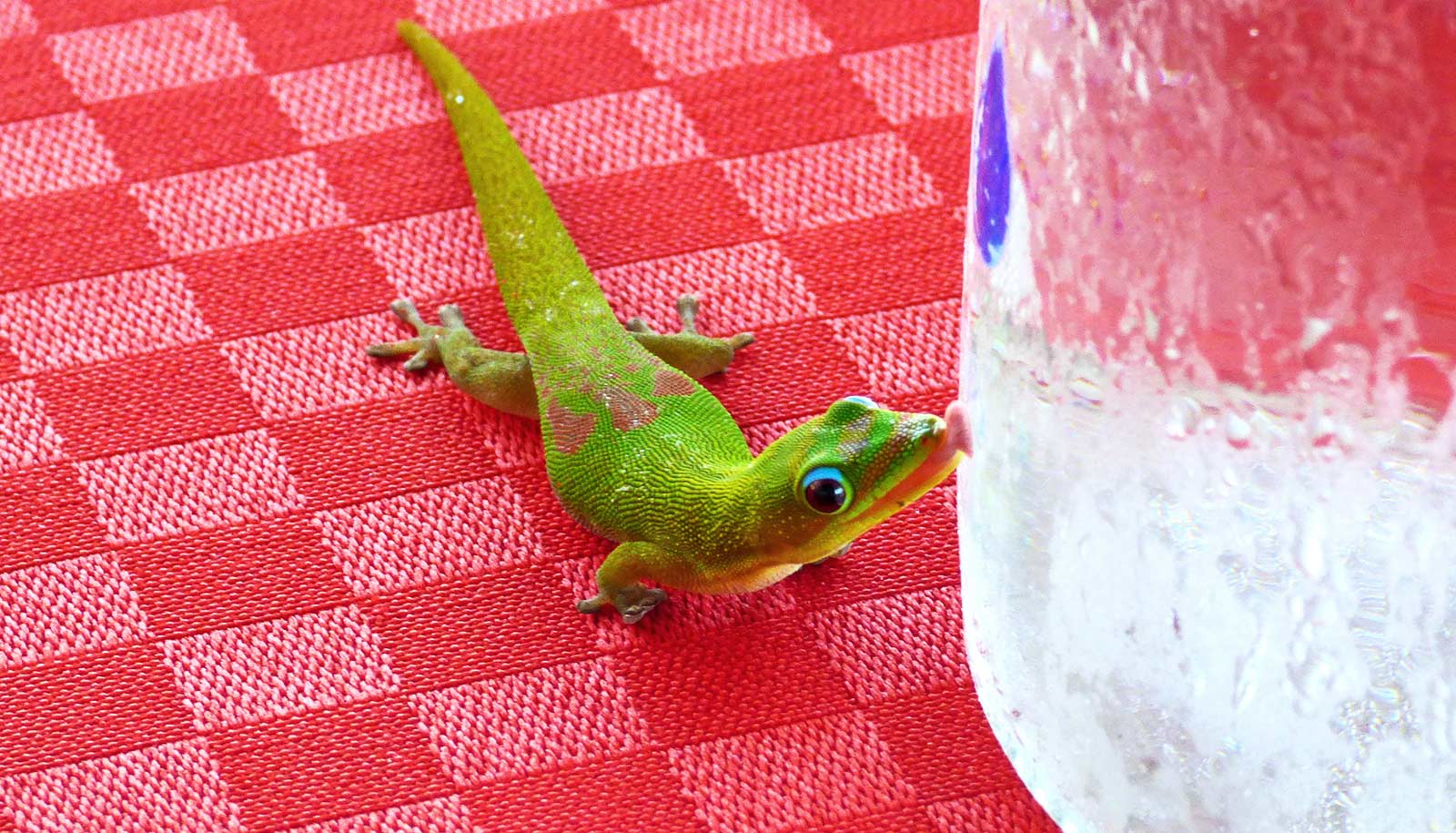A new kind of flame-retardant coating that uses renewable, nontoxic materials readily found in nature could offer more effective fire protection for furniture, textiles, and insulation, researchers say.
“These coatings offer the opportunity to reduce the flammability of the polyurethane foam used in a variety of furniture throughout most people’s homes,” says Jaime Grunlan, professor in the mechanical engineering department at Texas A&M University.
In nature, both cellulose—a component of wood and various sea creatures—and clay—a component in soil and rock formations—act as mechanical reinforcements for the structures in which they’re found.
“The uniqueness in this current study lies in the use of two naturally occurring nanomaterials, clay nanoplatelets and cellulose nanofibrils,” Grunlan says. “To the best of our knowledge, these ingredients have never been used to make a heat shielding or flame-retardant coating as a multilayer thin film deposited from water.”
The benefits of using this method include the coating’s ability to create an excellent oxygen barrier to plastic films—commonly used for food packaging—and better fire protection at a lower cost than other, more toxic ingredients traditionally used flame-retardant treatments.
To test the coatings, researchers applied flexible polyurethane foam, often used in furniture cushions, and exposed it to fire using a butane torch to determine the level of protection the compounds provided.
While uncoated polyurethane foam immediately melts when exposed to flame, the foam treated with the new coating prevented the fire from damaging any further than surface level, leaving the foam underneath undamaged.
“The nanobrick wall structure of the coating reduces the temperature experienced by the underlying foam, which delays combustion,” Grunlan says. “This coating also serves to promote insulating char formation and reduces the release of fumes that feed a fire.”
The study appears in Advanced Materials Interfaces. Researchers at KTH Royal Institute of Technology in Stockholm, Sweden contributed to the work.
Source: Texas A&M University


